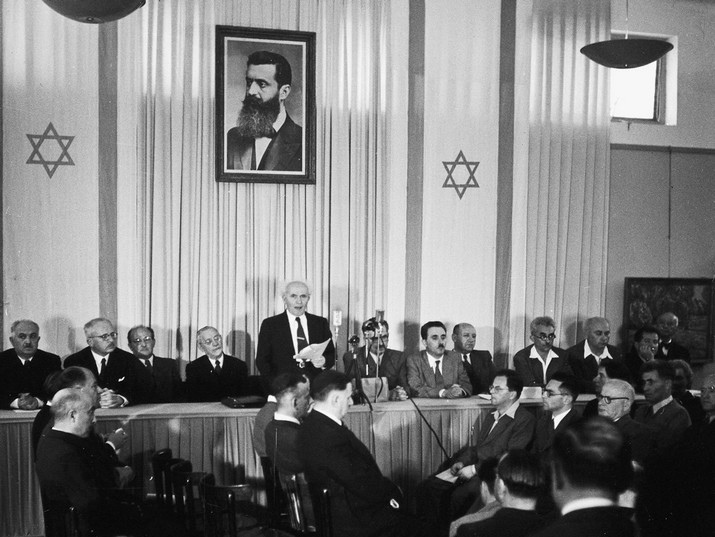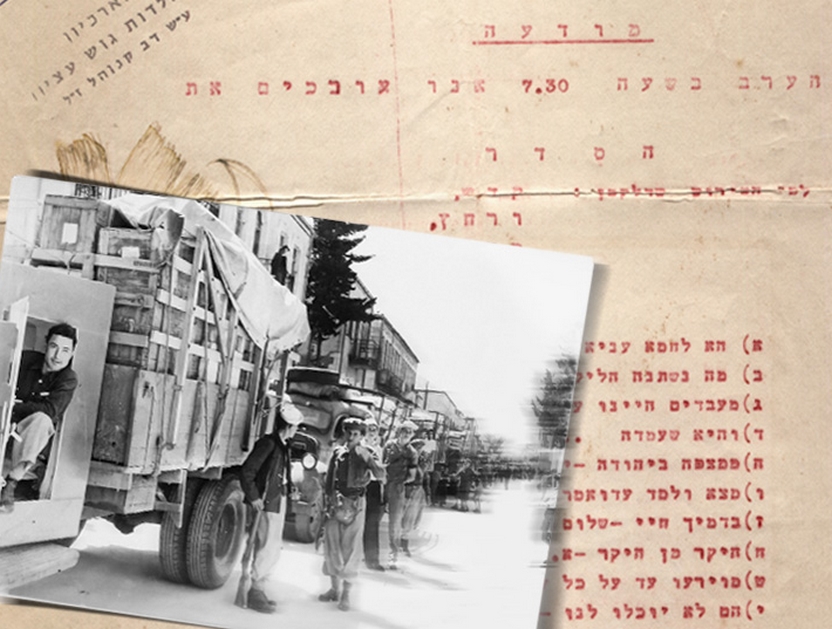Cryptography [electronic resource]
Enlarge text Shrink text- Book
| Title |
Cryptography [electronic resource] : protocols, design and applications / Kamol Lek and Naruemol Rajapakse, editors. |
|---|---|
| Edition |
1st ed. |
| Publisher |
Hauppauge, N.Y. : Nova Science Publishers |
| Creation Date |
c2012 |
| Notes |
Description based upon print version of record. Includes bibliographic references and index. English |
| Content |
Intro -- CRYPTOGRAPHY: PROTOCOLS, DESIGN AND APPLICATIONS -- CRYPTOGRAPHY: PROTOCOLS, DESIGN AND APPLICATIONS -- LIBRARY OF CONGRESS CATALOGING-IN-PUBLICATION DATA -- CONTENTS -- PREFACE -- Chapter 1: QUANTUM CRYPTOGRAPHIC PROTOCOLS AND QUANTUM SECURITY -- Abstract -- 1. Introduction -- 1.1. Historical Background -- 1.2. Quantum Information Theory -- 1.3. Emerging Quantum Influences -- 2. Private Communication on the Quantum Channel -- 2.1. The Private Quantum Channel -- 2.2. The Private Capacity of a Quantum Channel -- 2.3. The Non-additivity of Private Information -- 3. Quantum Bit Commitment -- 3.1. History of Quantum Bit Commitment -- 3.2. Description of Quantum Bit Commitment -- 3.3. Security of the Bit Commitment Protocol -- 4. Quantum Oblivious Transfer -- 4.1. History of Quantum Oblivious Transfer -- 5. Quantum Fingerprinting -- 5.1. History of Quantum Fingerprinting -- 5.2. Description of Quantum Fingerprinting -- 6. Quantum Digital Signatures -- 6.1. History of Quantum Digital Signatures -- 6.2. Description of Quantum Digital Signatures -- 7. Quantum Authentication -- 7.1. Description of Quantum Authentication -- 8. Uncloneable Quantum Encryption and QuantumAuthentication -- 8.1. Description of Uncloneable Quantum Encryption -- 8.2. Security of the Uncloneable Quantum Encryption Scheme -- 9. Quantum Secret Sharing -- 9.1. Description of Quantum Secret Sharing -- 9.2. Quantum Protocol for Sharing Classical Information -- 9.3. Quantum Protocol for Sharing Quantum Information -- 10. The Quantum Public Key Scheme -- 10.1. History of Quantum Public Key Scheme -- 10.2. Description of Quantum Public Key Scheme -- 10.3. Security of the Quantum Public Key Protocol -- 10.4. Eve's Attack on the Quantum Public Key Method -- 10.5. Behind the Security of the Quantum Public Key Protocol -- 11. Quantum Money -- 11.1. History of Quantum Money. 11.2. Description of Quantum Money -- 11.3. New Models of Quantum Money -- 12. Conclusions -- 13. Further Reading -- Author Biographies -- References -- Chapter 2: LOW-COST MUTUAL AUTHENTICATION PROTOCOLS -- Introduction -- Lightweight Mutual Authentication Protocols -- The Karthikeyan and Nesterenko Protocol -- The Duc et al. Protocol -- The Chien and Chen Protocol -- The Li et al. Protocol -- The Chien and Huang Protocol -- The Chen and Deng Protocol -- The Qingling et al. Protocol -- The Sun and Ting Protocol -- Ultralightweight Mutual Authentication Protocols -- The M2AP, EMAP, and LMAP Protocols -- The Strong Authentication and Strong Integrity (SASI) Protocol -- The Gossamer Protocol -- Associated Protocols -- Summary -- References -- Chapter 3: A HIGHLY EFFICIENT VISUAL CRYPTOGRAPHY FOR HALFTONE IMAGES -- Abstract -- 1. Introduction -- 2. Related Works -- 2.1. (2, 2) VSSM Schemes -- 2.2. (k, n)-m-VSSM Schemes -- 3. Encryption Algorithm -- 3.1. (2, 2)-2-VSSM Schemes -- 3.2. Refine the Recovered Images -- 4. Implementation Results and Security Analysis -- 4.1. Performance Evaluations -- 4.2. Security Analysis -- 4.3. Comparison with Previous Approach -- 5. Conclusion -- References -- Chapter 4: MULTI LAYER QKD PROTOCOL USING CORRELATED PHOTON OF DARK SOLITON ARRAY IN A WAVELENGTH ROUTER -- Abstract -- 1. Introduction -- 2. Dark Soliton Array Generation -- 3. Multi Layers Quantum Router -- 4. Proposed Protocol -- 4. Discussion -- 4. Conclusion -- References -- Chapter 5: CHAOS-BASED CRYPTOSYSTEM IN DIFFERENT MODES OF BLOCK ENCRYPTION -- Abstract -- 1. Introduction -- 2. Objective of the Chapter -- 3. Proposed Encryption Algorithm -- 3.1. Design of the Cryptosystem Using the CBC Mode -- 3.2. Design of the Cryptosystem Using the CFB Mode -- 3.3. Design of the Cryptosystem Using the OFB Mode. 4. Security and Performance Evaluation of the Cryptosystem -- 4.1. Encryption and Decryption Speed -- 4.2. Key Sensitivity -- 4.3. Resistance to Brute Force Attack -- 4.4. Resistance to Classical Attacks -- 5. Conclusion -- References -- Chapter 6: THE MATHEMATICAL CRYPTOGRAPHY OF THERSA CRYPTOSYSTEM -- Abstract -- 1. Introduction -- 2. The Mathematics of the RSA Cryptosystem -- 2.1. The Basic Mathematics -- 2.2. The Basic RSA Cryptosystem -- 2.3. Elementary Attacks on RSA -- 3. Diophantine Approximations -- 3.1. Continued Fractions -- 3.2. Attacks on RSA Using Continued Fractions -- 4. Lattices -- 4.1. Lattices Preliminaries and the LLL Algorithm -- 4.2. Attacks on RSA Using Lattice Reduction -- 5. Conclusion -- References -- Chapter 7: QUANTUM SECURE COMMUNICATION -- Abstract -- 1. Introduction -- 2. Some Techniques of Classical Cryptography -- 2.1. Historical Brief -- 2.2. Cryptography Algorithms -- 3. Quantum Cryptography -- 3.1. BB84 Protocol -- 3.2. EPR Protocol & -- B92 Protocol -- 4. Other Protocols -- 4.1. Quantum Communication Using Discrete Variables -- 4.2. DSQC with Quantum Teleportation and Entanglement Swapping -- 4.3. Quantum Communication via Continuous Variable -- 5. Conclusion -- References -- Chapter 8: SECURITY RISK MEASURING AND FORECASTING -- Abstract -- 1. Introduction -- 2. A Game-Theoretic View on Security -- 2.1. Elements of Game-Theory -- 2.2. Risk Estimates from Zero-Sum Competitions -- 3. Modeling -- 3.1. Modeling: The General Case -- 3.2. Refining the Model -- 4. Risk Forecasting -- 4.1. Bayesian Updating -- 4.2. Forecasting: The Univariate Case -- 4.3. Forecasting: The Multivariate Case -- 5. Conclusion -- References -- INDEX. |
| Series |
Cryptography, steganography and data security Privacy and identity protection |
| Extent |
1 online resource (254 p.) |
| Language |
English |
| National Library system number |
997010708615205171 |
MARC RECORDS
Have more information? Found a mistake?

 Sign in with Google
Sign in with Google
 Sign in with Facebook
Sign in with Facebook



